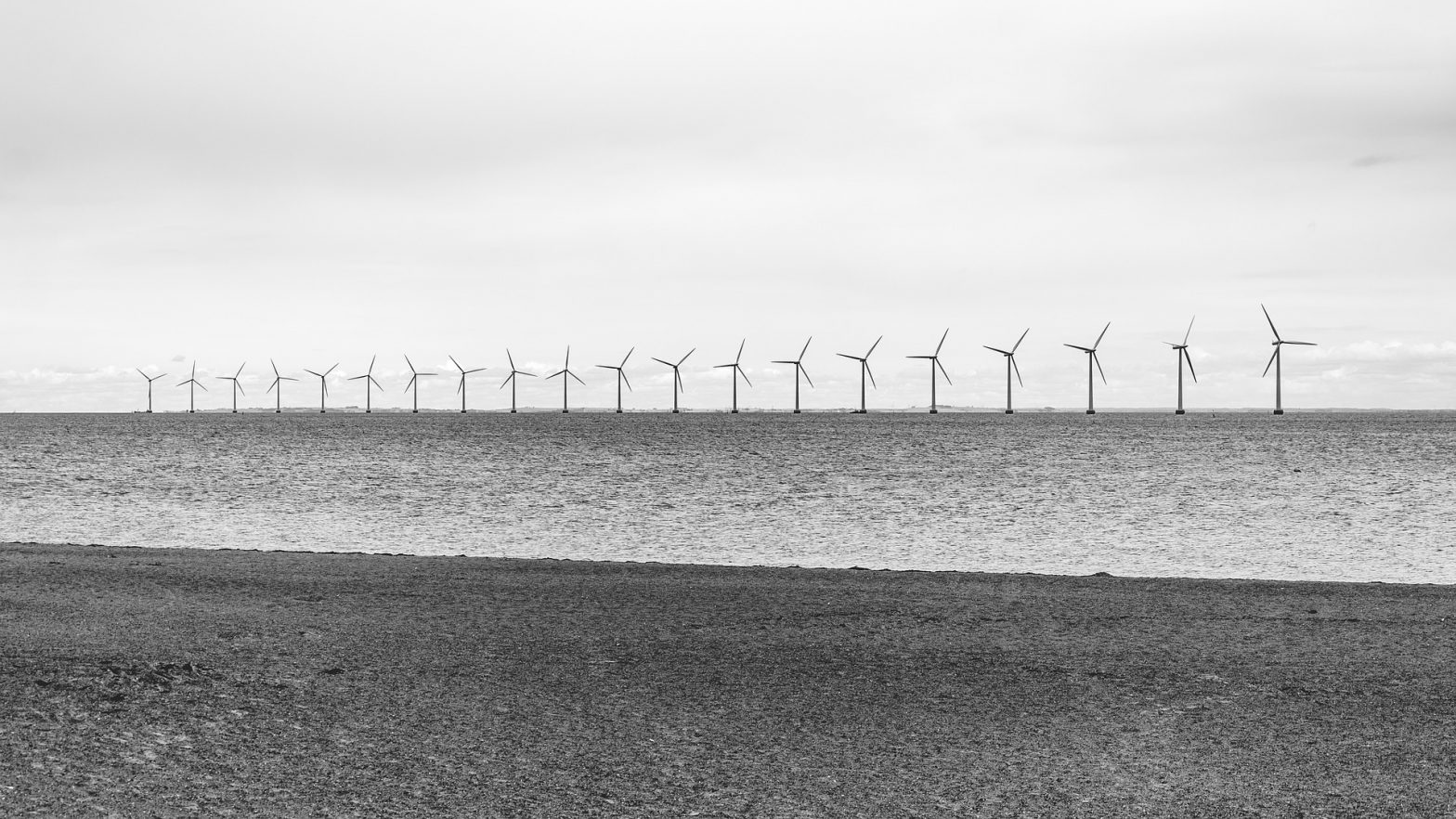Determining the most efficient energy source is no small feat. This is especially true when you’re examining the most efficient renewable energy source. There are already numerous factors that come into play when examining fossil fuels, but renewable energy is often impacted by even more factors — many of which are out of human control.
But, there are ways to determine the most efficient source of renewable energy within the United States. So, let’s take a look.

Breaking down renewable energy sources
There are many factors that contribute to the score of an energy source. You have to examine how much energy can actually be translated into electricity after it is absorbed, how much environmental clearing was required to set up the units, and the type of and cost of the materials used to build the energy unit.
Note that while there are numerous renewable energy sources, we’ll be examining solar power and wind power, as these two are the most commonly-used and thus, deserve the most scrutiny. So, let’s take a look at these popular renewable energy sources and how they stack up.
Solar power efficiency
Solar power is a popular renewable energy source that’s been rapidly growing in recent years. And for good reason: solar power can be an efficient way to drive down the cost of electricity and power homes and businesses. But, how efficient is solar power exactly?
Before diving into the manufacturing of solar panels, let’s take a look at the efficiency of panels themselves. The efficiency of a solar panel can be determined by factoring in how much sunlight the panel takes in and how much generated electricity there is.
This in mind, the average panel efficiency sits right around 15%. Some panels can be more efficient than this, utilizing sunlight to deliver electricity at an efficiency rating above 20%. While nonrenewable energy sources like nuclear power can have a higher efficiency rating closer to the 90s, it’s important to remember that solar panels don’t produce any kind of waste.
Solar panel manufacturing
It’s important to consider how solar panels are made when looking at their efficiency. More than 90% of solar energy requires photovoltaic cells which are derived from quartz silicon dioxide. The refining of this quartz to metallurgical-grade silicon to polysilicon is energy intensive and can produce toxic compounds, but many manufacturers are harnessing this product to reuse and increase yield of polysilicon. Of course, the reuse of a by-product is usually net-positive, although there are energy production costs of this process as well.
While this has been the traditional approach to solar panels, a newer technology — thin-film solar cells — requires less energy to produce given there are inherent risks to this process as well. The thin-film cells are made of cadmium which is a known genotoxin and carcinogen. Beyond the toxicity risks of solar cell production, the energy use in production is usually returned becoming carbon neutral in 2 years or less of use and solar energy retains more than 200% of its original input.
All in all, solar panels are a great balance of efficiency and environmentally friendly. They don’t produce any waste, and aren’t very damaging to create in the first place. Coupled with their efficiency rating of 15% and beyond, they’re a great choice.

Wind power efficiency
Wind power is the leading renewable energy source, bringing in 8% of the energy of the United States. This renewable energy source isn’t as quiet as solar power, but it does pack a solid efficiency rating and is generally environmentally friendly. But, how efficient and environmentally friendly is it?
Wind power efficiency is a little trickier than solar panels because of how wind turbines function. Wind turbines boast an average efficiency right in the mid 30%, but can peak in the 50% range. Theoretically wind turbines have an efficiency cap, as a turbine that contains too much wind won’t move. This would result in the generator not being powered and no energy being created.
Regardless, wind power does have a much higher efficiency than solar panels. This is of course, assuming you have wind and the space to place a field of giant turbines. Now, let’s take a look at how they’re made.
Wind power manufacturing
Production of a wind turbine accounts for more than 60% of manufacturing and operating costs of wind energy. The technology demands less-specific refining and processing than solar, with the main elements being steel, copper, and concrete. While being abundant, these materials do require a high production energy cost.
But, obtaining these elements and refining them is a relatively safe process. This, coupled with the fact that turbines produce no pollution, makes them very environmentally friendly. Unlike solar, however, they do produce noise. This can make them less desirable near residential and even business areas. Despite this, they’re an efficient, eco-friendly way to power businesses and homes.
Renewable energy: a better, greener future
Why are renewables a better source? The energy from wind and solar is able to be used and reused without requirement of an exhaustible element. Beyond the source is the product after electricity is produced. The waste of coal or natural gas requires environmental mitigation and an excess of energy. Because of this, the total efficiency of usable energy for coal (the least efficient energy source) is just 29% of its original energy value. Wind, on the other hand, has the efficiency rating of 50% and beyond in some cases. And, no pollution.
Regardless of the renewable energy you go with, you can rest assured you’re making an environmentally friendly choice that will benefit your business, and the planet, for years to come. If you’re interested in seeing how renewable energy can benefit your business, be sure to schedule a free consultation with Phoenix Energy today.
